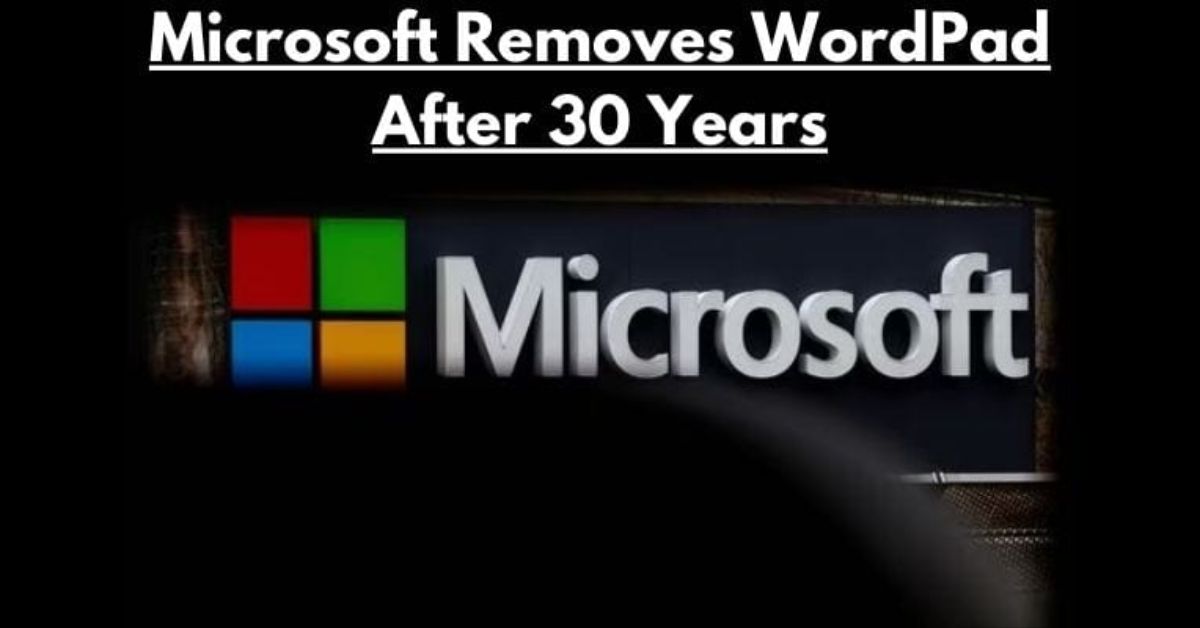No more WordPad in Window: After more than 30 years as a core Windows utility, Microsoft has announced that WordPad will be removed from Destiny builds of Windows 11. The text editing application, which first debuted in Windows 95, will no longer be automatically installed on Windows 11 and Windows 10. The end is completely over.
This news arrives as part of the current Windows 11 Insider Preview build 26020 for the Canary channel. Microsoft stated that WordPad will not be available for re-installation after it is terminated. So it’s quite likely that this is the end of the road for traditional apps.
No more WordPad in Window: WordPad has long been placed by Microsoft as a middle ground between full-featured Word and barebones Notepad. It provided fundamental formatting options like font, color, and paragraph alignment, which made it famous for small files and notes. However, over the last few years, it appears that WordPad has shrunk as Microsoft has promoted Word for more robust files and Notepad for simple text.
The fate of the line for WordPad
The corporation has indicated this in its document, which recommends Phrase for rich textual content formats and Notepad for simple textual content. With capable alternatives available, Microsoft probably felt there was little cost to continuing to expand WordPad. Maybe the writing was already on the wall, as Microsoft never updated WordPad with Dark Mode for Windows 11. Meanwhile, Notepad has gained a dark mode and is expected to get new autosave capabilities.
No more WordPad in Window: So while this is the fate of the line for WordPad, its predecessor Notepad glances set to be preserved as a Windows fixture. For many people, WordPad became their first experience with word processing before switching to Word. However, with its demise, Microsoft is really streamlining its apps to the way humans create files nowadays. For short notes, there’s Notepad. And for something more advanced, there’s the ever-present Workplace Suite. After 30 years of modifications in technology, WordPad has definitely become a unique app.
How to disable WordPad in Windows?
To disable WordPad in Windows, you can follow these steps:
- Press the Windows key with R to open the Run dialog box.
- Type “regedit” and press Enter to open the Registry Editor.
- Navigate to the following key: HKEY_LOCAL_MACHINE\SOFTWARE\Microsoft\Windows\CurrentVersion\Applets\WordPad4. Right-click on the WordPad key and select “Permissions.”
- In the Authorizations window, tap on the “Advanced” button.
- Uncheck the box that says “Include inheritable permissions from this object’s parent” and click “Remove” when prompted.
- Tap on “Apply” and then “OK” to save the changes.
- Close the Registry Editor.
After following these steps, WordPad will be disabled on your Windows system.
Read This: How to make custom stickers on WhatsApp

